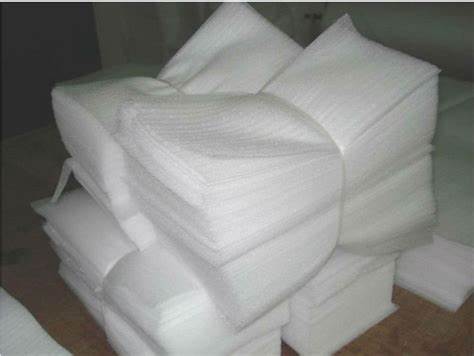
Say NO to thin foam!
Acoustics is a complicated topic and often times home studios in an attempt to treat their space make things worse not better. It’s Spencer Miles owner of Spencer Studios in Lancaster, Pa and today we are going to dip our toe into acoustics.
Human hearing extends from 20hz up to 20khz. Our goal is to make our room acoustically transparent so that the sound our monitors create is not distorted by the room space. Having a flat frequency response at the monitor and also a flat frequency response in the room is the only way short of moving to headphones that we can have a clear image of what out music is actually doing. Headphones themselves are also at a loss for other reasons which we’ll cover in a different article. Unless your room is approximately 16 feet wide by 32 feet long it is going to have modal bass issues. These modal issues create wild peaks or dips in the bass region dependent on location in the room. If you happen to be sitting in one of these peaks or dips, it will be very difficult to accurately work on your music.
Home engineers often have smaller production rooms and know vaguely that they need some sort of acoustic treatment. They often go to the nearest music store or amazon and buy sheets of 1 or 2inch foam acoustic treatment without understanding how exactly absorption works. Soundassured.com has their 2-inch foam listed as an overall NRC of 0.65 however we have to look more specifically at how each frequency is rated. Let’s look at the below graph.
The graph shows that this foam is for more effective at reduction of high frequencies than low frequencies. When we use this foam to treat a space that already has bass issues the high frequencies are absorbed at a higher rate than the low making the bass issues worse than when we started and thus wasting your money. To treat bass problems, you need specific bass traps preferably with a range limiter that lowers high frequency absorption. Often ties bass traps start at 4inches thick however effective conventional bass absorbers are closer to 7inches thick. The two things to focus on in your home studio are your first reflection points as described in our article Acoustics Doesn’t Matter followed by bass treatment. Do not simply put thin foam all over your room.







